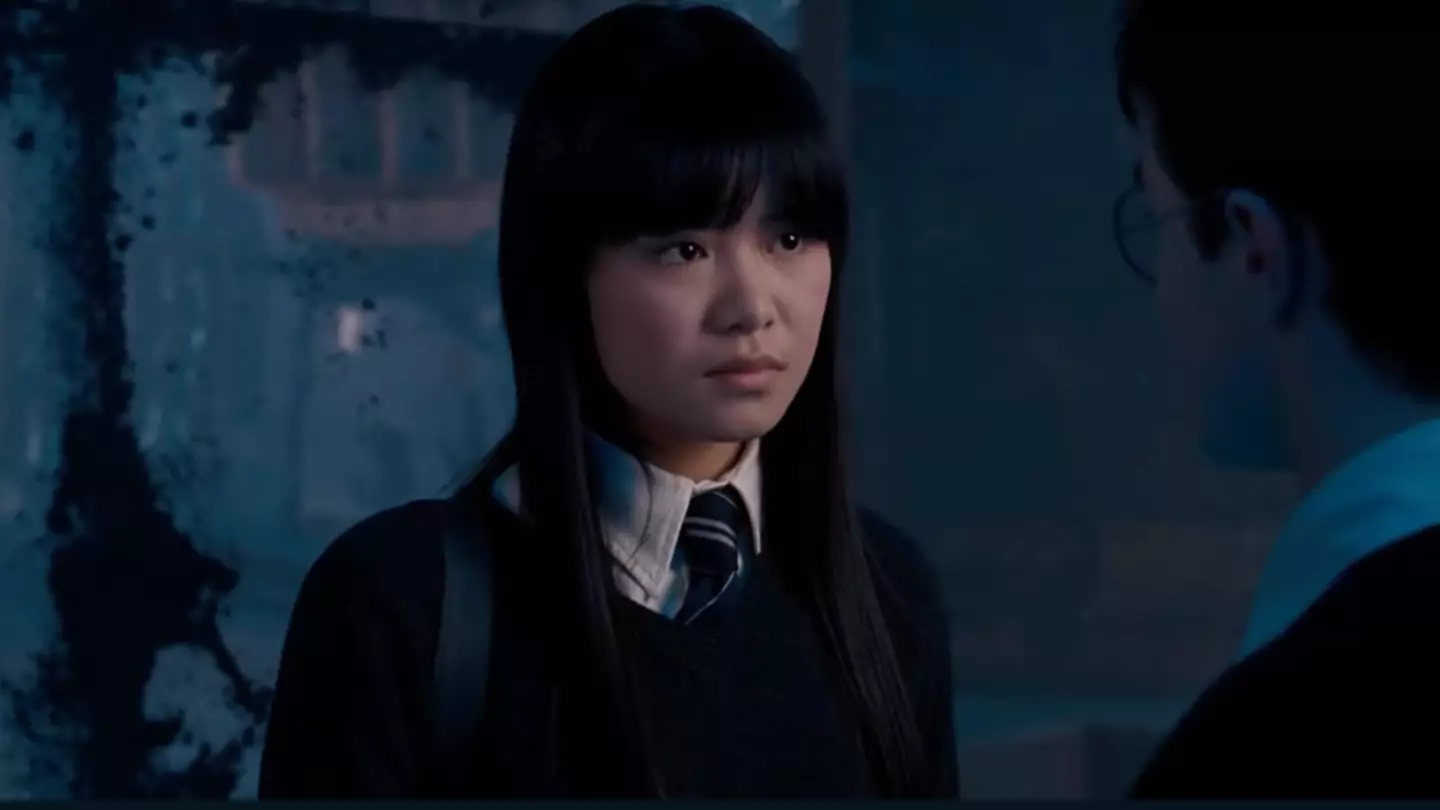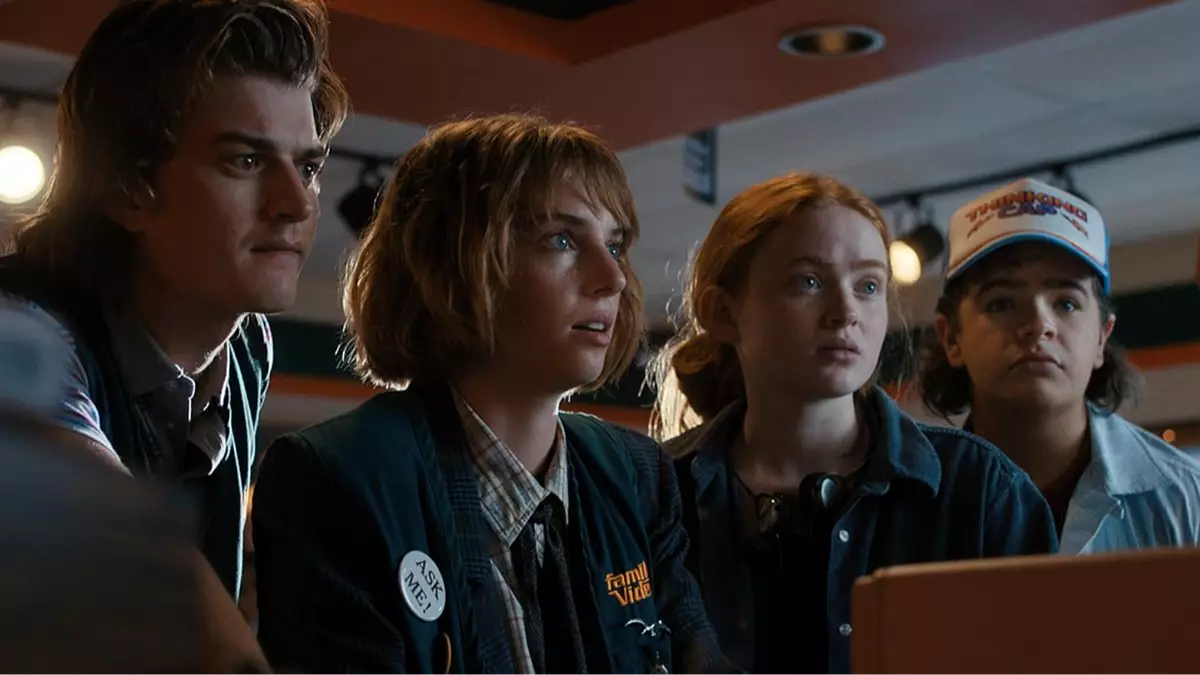
Yesterday


Katie Leung played Cho Chang in the popular franchise

Fans desperate for a new ending have uncovered clues that they believe hint at Stranger Things having additional content

The actor is facing two counts of criminal sexual contact of a minor and one count of child abuse, according to an affidavit

The actor has hit out over budget cuts

The actor's music career has been given a well-deserved boost by his Stranger Things fame
09 Jan 2026

The actor Margaret Cho has shared how she 'disgusted' herself when she ruined her white outfit in front of an audience

The nominations for the Screen Actor's Guild Awards saw Jennifer Lawrence snubbed while her long-time friend got the nod

Bam Margera's role in the new Jackass movie is not what you'd expect
08 Jan 2026

Jennifer Lawrence said she prefers to get the 'awkward scenes' out of the way early in filming

The creators have now annoyed fans even more


"It’s a little hard to accept someone who eats raw meat at the dinner table," one family member told the raw meat lover

There were a few faces that didn't make an appearance in the final season
07 Jan 2026

It comes after numerous problematic exchanges between Kimmel and Trump

Steven Anthony Lawrence claimed on Instagram that he had been fired from Universal Studios

Baldoni and Lively have been locked in a legal dispute for over a year
.png)
Jennifer Marshall featured in season two and four of Stranger Things
.png)

Fans took to social media to complain about the retirement

This theory is starting to get some legs on social media
06 Jan 2026

It was a defining show of the 2010s
.png)
Sadie Sink has voiced her thoughts on what really happened in the finale

Abela was diagnosed with the rare cancer six years ago







